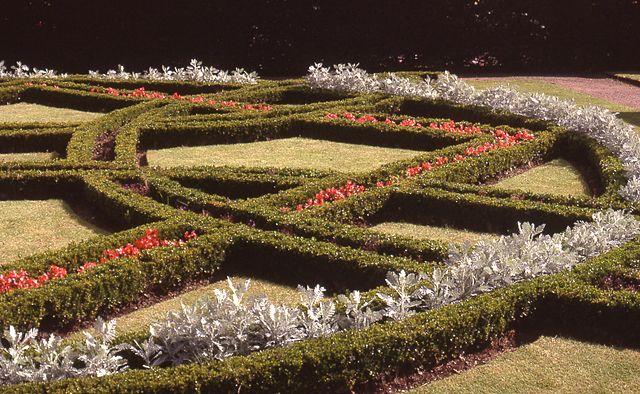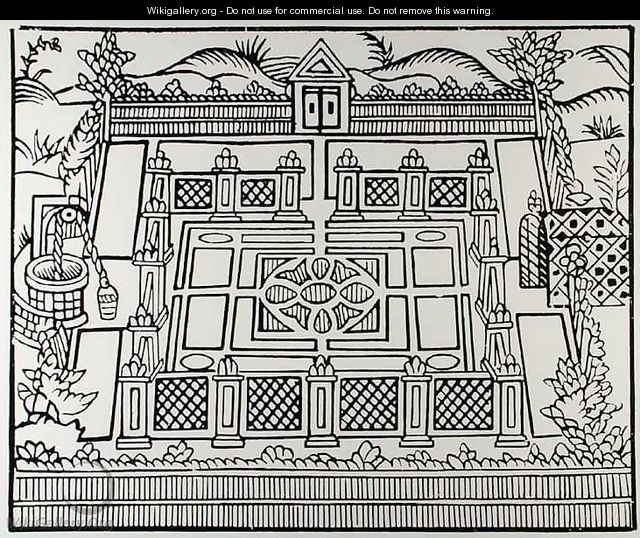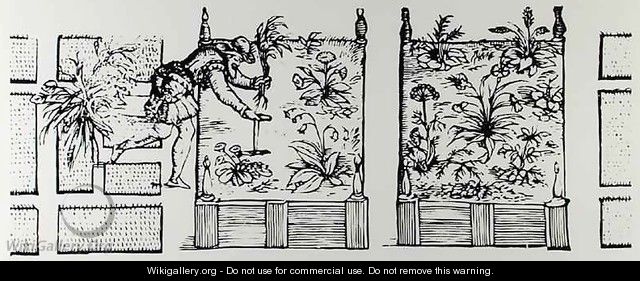Hi! Today I would like to welcome Vicki from Quilting Lodge. I started blog stalking Vicki as a silent follower months and months ago, and back in March I decided to finally jump in on the conversation. Vicki is absolutely wonderful and so very very talented. Go check out the blog she writes with her mom, and make sure you check out her shop too!
________________________________________________________________________
A huge thank you to Melissa for giving me the opportunity to visit with you all today! My name is Vicki and I blog with my mom over at Quilting Lodge. I’m so thrilled to be here today. However, I am a bit nervous because this is my first time as a guest blogger.
It took me forever to decide on a topic for today but I finally landed on a tutorial for a table runner that can double as a wall hanging.
You might have noticed it’s not quilted. Unfortunately, I just didn’t have time to get it completely finished.
All seams are 1/4″
Supplies:
6 ~ 7″ square pieces of fabric {I used part of a Good Fortune Layer Cake}
5/8 yard for background & outer border {grey}
1/4 yard inner border {purple}
Instructions:
First, I cut out all of my circles. I took each 7″ square of fabric and applied a 6 7/8″ square of Steam a Seam to the wrong side. It’s very important that the Steam a Seam is smaller than the fabric. Otherwise, you will have a sticky mess on your iron.
 |
| Steam a Seam on Wrong Side |
|
 |
| Ironing it on |
|
|
 |
| Almost ready to cut circles |
There are two different ways to cut the circles out. The old fashion way…scissors. Or the easy way….use an Olfa Circle Cutter. I went with option number 2…I used my handy dandy Olfa Circle Cutter which made my life a whole lot easier! First, I’ll show you how I did it and then I’ll show you the alternative way using scissors.
Before I cut my circles I peeled off the paper backing.
I laid my square right side up on my cutting board and started cutting.
 |
| Ready to cut |
|
 |
| Cutting the 4.5″ Circle |
|
I made a total of three cuts. I started with the smallest circle, the 4.5″ circle. Then I cut the 5.5″ circle. Then the 6.5″ circle.
 |
| Cutting 5.5″ Circle |
|
 |
| Cutting 6.5″ Circle |
|
Check out what I did in a matter of minutes…
Alternative:
If you do not use the Olfa circle cutter you need to leave the Steam a Seam paper backing on the fabric and draw circles.
I used a compass to draw the circles and then used scissors to cut out each circle. Then peel off the paper backing.
Next, the 5.5″ circle must be cut into fourths. I only used 5 of the 5.5″ circles so I picked my favorites. Cut in half and then in half again.
 |
| Line up on the 2 3/4″ mark and cut |
|
 |
| Flip ruler and line up on other 2 3/4″ mark |
|
|
 |
| All done! |
Now I’m ready to lay out the circles on the background fabric.
I cut a 10″ x width of fabric strip of grey
I laid this strip out on my ironing board, right side up. I pressed it in half lengthwise to create a mark down the center. I used this mark to help me align all the circles that will be applied.
 |
| Right side up ready to press |
|
 |
| Press in half lengthwise |
|
|
 |
| This is the center mark used for aligning circles |
The 6.5″ circle rings will be the first to go onto the grey fabric. Also, I started with the two center rings and worked my way out. I folded each ring in half and made a crease on each side. This crease was lined up with the center press mark on the grey fabric. Keep going until all 6 rings are laid on the fabric. They should be touching but not overlapping. DO NOT iron anything yet.
Next, take each center 4.5″ circle and fold in half to make a crease in the center. This crease will line up with the center press mark on the grey fabric.
If you look closely at the picture you can see all the crease marks line up with the pressed line I made earlier. This is how I made sure everything lined up just right with no measuring! DO NOT iron anything yet…
Next, add the connector pieces. These pieces will be tucked under the outer rings. I used my 6″ x 24″ ruler to make sure they were all placed the same distance from the edge of the grey. I used tweezers to move them around if I needed. Everything is still NOT ironed down at this point.
Stand back and take a look. If you’re happy you can iron it all down. If something looks off, just wiggle it around until you’re happy and then iron it all down.
 |
| Here’s what you have before adding any borders. |
All we have left is appliquéing the circles, adding borders and quilting!
I used my open toe foot and stitched around each circle. It’s a little time consuming but not too bad. Just stop and have a little chocolate every now and then!
When I appliqué I always leave the threads long at the beginning and end so I can pull everything to the back and tie off.
 |
| The two threads on top will be pulled to the back and tied off |
 |
| 2 bobbin threads |
|
 |
| 2 bobbin + 2 top threads |
|
|
 |
| Double knot & Trim |
A close up of the appliqué…
After everything is stitched down it’s time to add borders.
Almost done!
I added a 1″ inner purple border to frame the design and a 2.5″ outer grey border to finish it all off!
I know I didn’t give a step by step on the borders. I figured you’ve had enough of me for one day. Plus, these were standard run of the mill borders that don’t really need a lot of explanation.
Boy oh boy that ended up being a really long tutorial. I hope I didn’t lose too many of you along the way. It’s been a true pleasure hanging out over here at Melissa’s today. Come check out my blog if you get a chance. You just might see pictures of this bad boy all quilted!
Now I’m off to pack and get ready for Spring Quilt Market in Kansas City! I’m too excited for all the quilty goodness coming my way!

______________________________________________________________
So I happen to have an Olfa Circle Cutter, a ton of fusible web, and a charm pack of the SAME fabric. I think I see a downsized version of this in my future! Thank you so much for sharing Vicki!




















